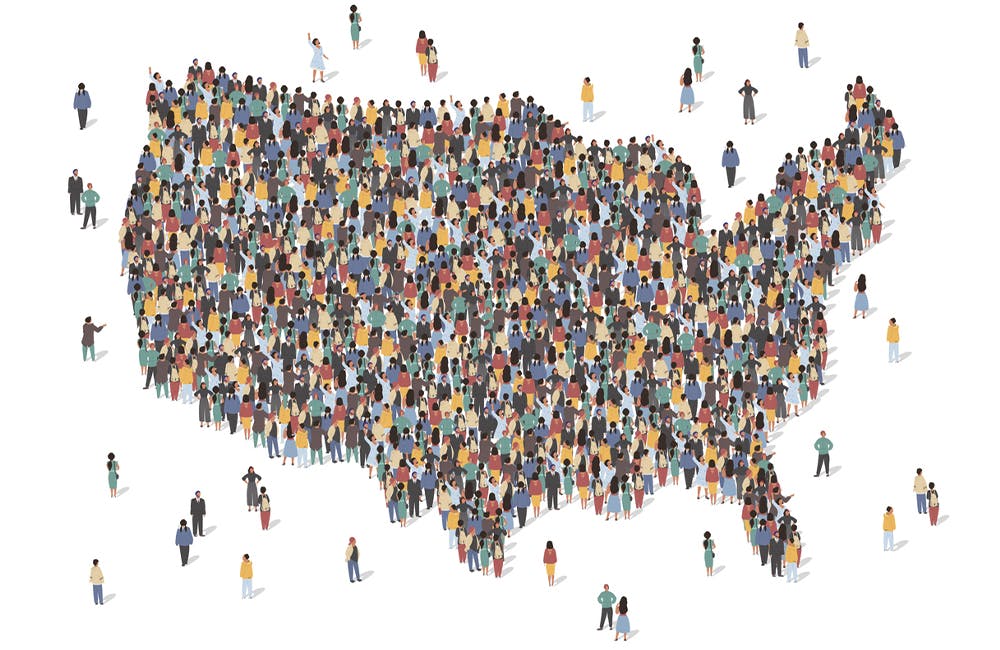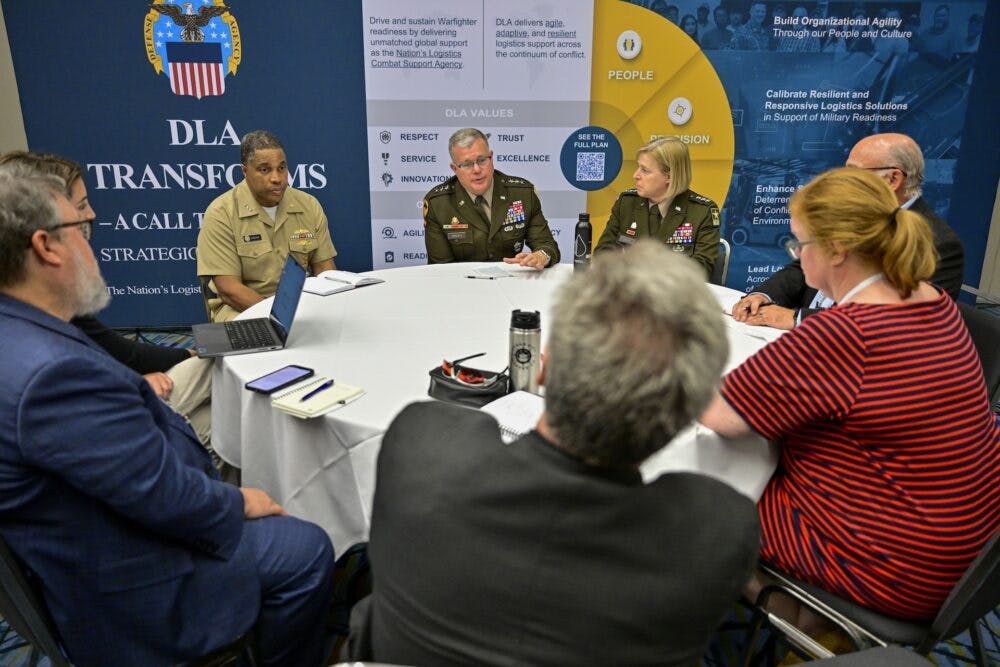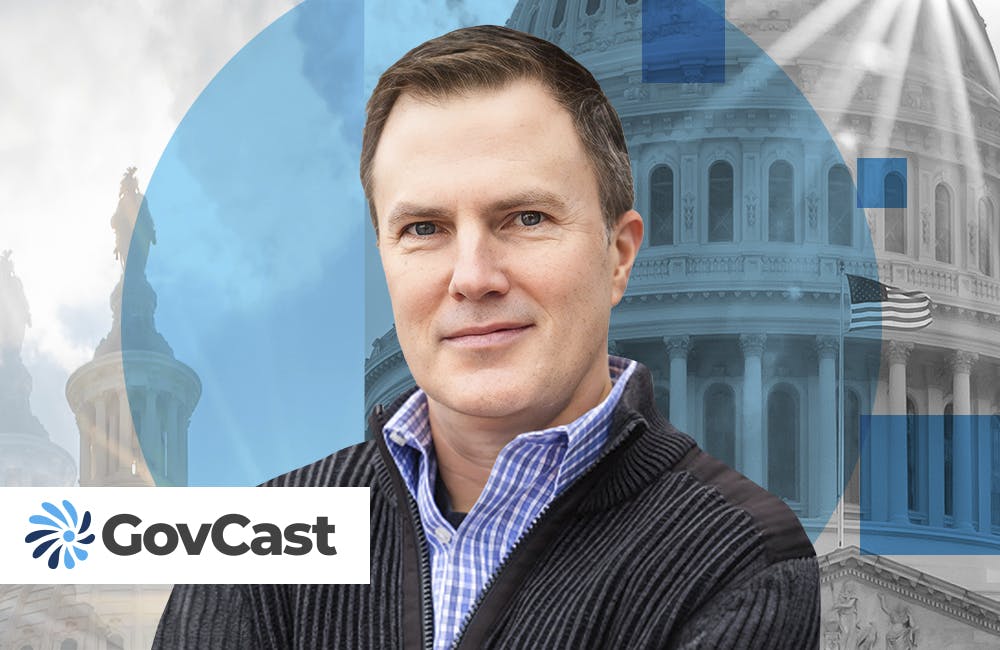This Project is Trying to Bring Inclusive Data Standards to Health IT
ONC leaders discuss work around improved health delivery via data standards that are more representative of diverse populations.

The Office of the National Coordinator for Health IT (ONC) is collaborating with academia to improve the representation and data collection of sex and gender identity in interoperable clinical systems.
Many clinical systems and standards in health care do not currently address or represent sex and gender diversity, which has dire impacts on health care delivery, noted Deputy National Coordinator for Health IT Steven Posnack in a blog post.
“We need high quality, more inclusively representative data, and we hope that having those two — in combination with a bunch of other things — that will lead to better care,” Posnack told GovernmentCIO Media & Research. “It’s really important to the industry as a whole to take our population’s diversity to account. When we’re not able to capture that data, that is the real factor, and it affects the way that health care is delivered.”
According to the HL7 Gender Harmony Project, a collaboration to specify standards that can be used by health care systems and clinicians, a common issue patients and providers experience is in using binary categories for collecting sex and gender data. EHR frameworks that condense legal gender, sex organs and identity into one category can cause administrative errors such as assigning a person to an inappropriate room, denying funding due to billing procedures with the wrong marker, assigning unnecessary testing or procedures, or skipping needed ones.
Additionally, for most transgender people in the U.S., updating identity documents presents difficulties without access to gender-affirming surgical care. A survey from the National Center for Transgender Equality found that only 21% of transgender people who had fully completed their desired medical transition to a gender that is binary had been able to update all their medical documents successfully.
In the past few years, researchers have been developing new methods to measure sexual orientation and gender identity. New developments in data collection methods demonstrate the increasing number of research methodologies available to better understand the realities of sexual and gender orientation.
Researchers within the Gender Harmony Project are notably leveraging modeling approaches like data elements, value sets and code systems that could lead to the development of better inclusive data standards and representation.
“Getting this right, policy-wise and technically, is important for a number of health policy goals,” Posnack said in the interview. “Ultimately, it’s important to help us understand the health care needs of the population as a whole.”
The Gender Harmony model has the potential to improve the accurate representation of clinical sex and gender identity in interoperable clinical systems by creating consistent framing and industry understanding of the varying sex and gender distinctions, Posnack said.
To get to this interoperable and inclusive framework, training is essential.
“I want to highlight the importance of getting training, and understanding how to capture this information, right,” Dr. Robert McClure, who co-authored recent published research in this area along with Posnack, told GovernmentCIO Media & Research. “One of the things that we’ve learned is that in a setting, there’s some variety with regards to comfort and knowledgeable experience with regards to how to access or interview a patient, or how to get the right kind of information, and how that interaction should go.”
Further development of standards in this area is a complex issue, McClure said. McClure and Posnack are looking at how organizations can test current standards and develop incremental processes around data collection.
“The approach that we currently have is pretty simplistic,” McClure said. “Now, we’re realizing that’s really not right. So, whenever you take something simple and you represent what’s really going on in the world, there’s going to be some complexity in that.”
McClure said that it’s important to build upon existing models and data as opposed to starting from scratch. The largest challenge the team is facing for rollout of these standards is in modernizing health care systems to improve data collection. That includes improving current systems that only accommodate male-or-female gender distinctions, for example.
In terms of next steps for the project, McClure said there will be an emphasis on “shifting gears” to allow for health care institutions, providers and other organizations to adopt more inclusive data standards as the “new normal.”
“I think it’s a matter of seeing a better future for health care and seeing the world as it is,” Posnack said. “This is going to make care better for everyone. It’s going to increase our ability to discover new treatments, provide new decision support services and really use electronic health records and health IT in ways that we’ve been telling people they were designed to do.”
This is a carousel with manually rotating slides. Use Next and Previous buttons to navigate or jump to a slide with the slide dots
-

DOD Can No Longer Assume Superiority in Digital Warfare, Officials Warn
The DOD must make concerted efforts to address cyber vulnerabilities to maintain the tactical edge, military leaders said at HammerCon 2025.
4m read -

DHA CDAO Spearheads Master Data Catalog to Boost Transparency
Jesus Caban plans to boost DHA's data maturity through a new master data catalog, governance frameworks and inventory of tech tools.
5m read -

IRS Makes Direct File Code Public as Lawmakers Debate Program’s Fate
The agency sees the Direct File source code as beneficial to government digital services despite what happens with it in proposed budgets.
5m read -

A Look at Federal Zero Trust Transformation
Recent developments from CISA and DOD show how government is advancing zero trust quickly.
20m read -

New Army Acquisition Plan Cites Autonomy, Predictive Analytics
Officials outline how the Army Transformation Initiative signals a broader shift toward efficiency with tech and acquisition reform.
4m read -

DOE National Labs Launch New AI Tools for Operational Efficiency
The Energy Department's National Laboratories are using AI to increase operational efficiency and drive research efforts forward.
3m read -

Human-AI Collaboration is Key to Secure Government Systems
Former CIA security chief emphasizes training and international standards for effective AI implementation.
23m watch -

Air Force, Coast Guard Talk Data Security Efforts for AI Development
The services' AI initiatives include efforts like creating clean training data, countering data poisoning and bridging siloed teams.
4m read -

Powering Defense with Transparent AI
AI and data innovation are transforming the Defense Department’s operations through cutting-edge initiatives.
20m read -

How Integrated Analytics Can Break Federal Data Silos
The Coleridge Initiative is leading the charge to modernize government data management, breaking down bureaucratic barriers by providing secure data access, advanced analytics and cross-agency collaboration tools.
11m watch -

Federal AI Infrastructure Requires a Smarter Foundation
Federal AI depends on a smarter infrastructure, from managing environmental impacts to improving data quality and workforce readiness.
4m read -

GSA Positions Itself as a Federal AI 'Enabler,' CAIO Says
CAIO Zach Whitman says the agency is focusing on "grounded practicality" in AI adoption throughout government.
5m read
















